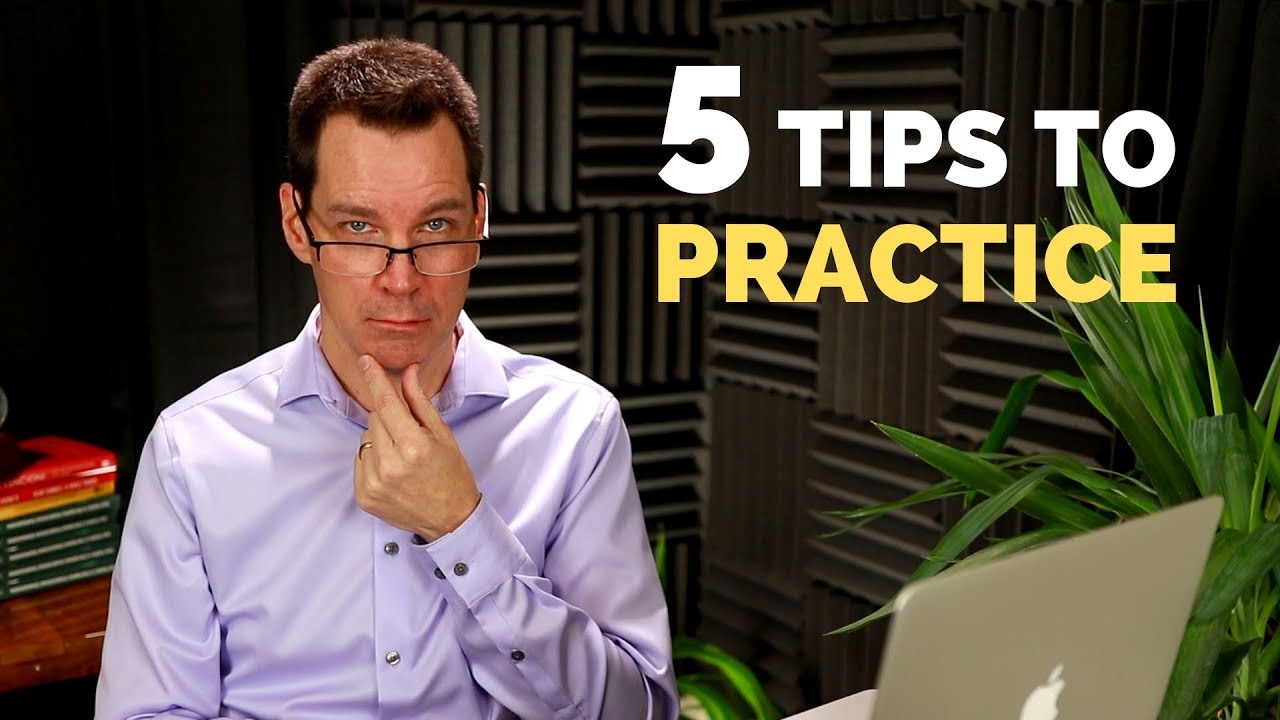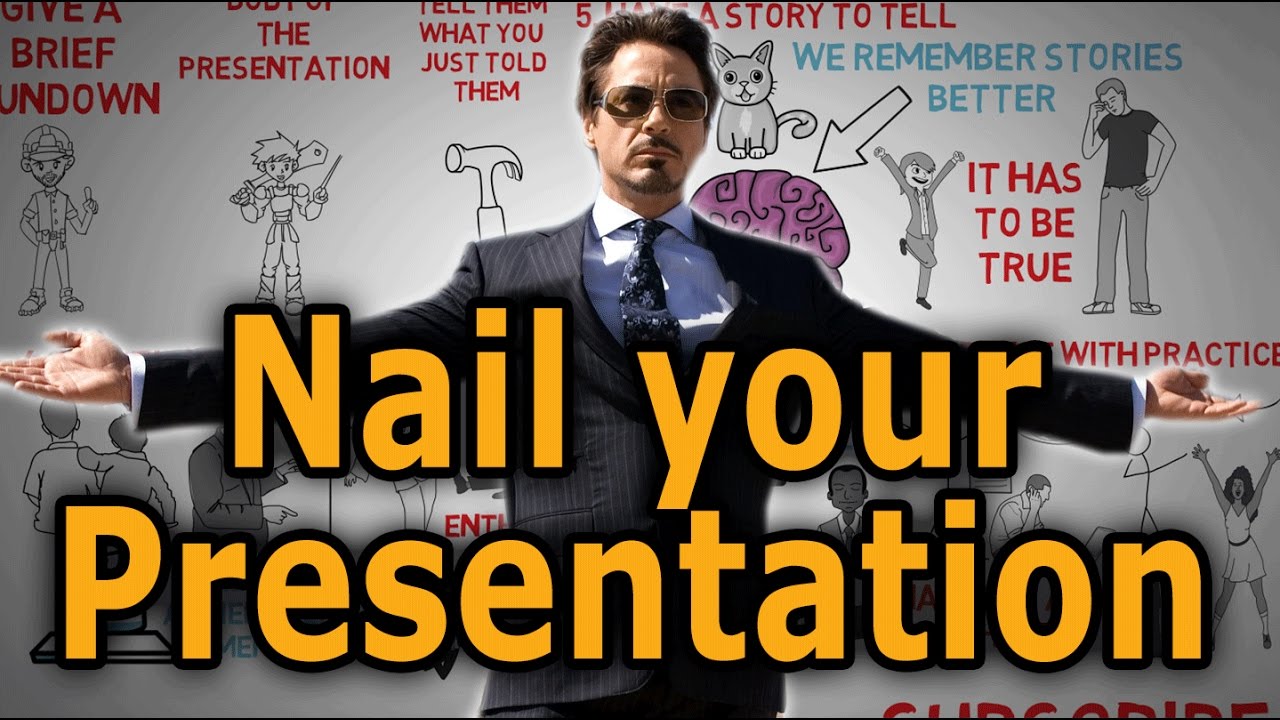In the bustling arena of effective communication, preparing for a presentation emerges as a critical factor that can drastically shape the results of your efforts. If you want to cut through the noise and reach your audience, consider the revolutionary 5/5/5 Rule. This straightforward yet impactful framework can help you streamline your preparation, sharpen your message, and take your audience on a memorable journey.

1. Understanding the 5/5/5 Rule in Preparing a Presentation
At its core, the 5/5/5 Rule embodies a clear structure that focuses on clarity and impact. Here’s the scoop:
A real-world example? Look at Dropbox. During their initial product launch to investors, they nailed it with a streamlined approach that pinpointed their value proposition clearly and concisely—this is what the 5/5/5 Rule is all about!

2. Steps to Prepare a Presentation Using the 5/5/5 Rule
Let’s dive into actionable steps to prepare a presentation effectively with the 5/5/5 Rule:
Step 1: Identify Your Core Message
Before you dive into the nitty-gritty, clarify the main takeaway for your audience. Think about what you want them to remember. Just look at TED Talks; they often distill complex themes into a single, powerful message.
Step 2: Outline Your Key Points
Next, develop five key points that support your core message. This framework forms the backbone of your planning a presentation, setting the stage for a smooth transition in your talk.
Step 3: Create Visuals that Enhance Understanding
When designing your slides, let the visuals do the talking. Use dynamic images or infographics to complement your message. Apple’s Steve Jobs famously used minimal slides that enhanced the storytelling—people weren’t just seeing information; they were experiencing it.
Step 4: Rehearse Your Timing
Once your slides are in place, rehearse your presentation multiple times. Use a timer to follow the five-minute guideline per slide. This practice builds confidence, transforming the question of how do you prepare for a presentation into an empowering endeavor.
Step 5: Gather Feedback
Finally, present to a selected friend or colleague and ask for constructive feedback. This peer review process can reveal new insights that make your final presentation even sharper.

3. Before the Presentation: Final Checks and Readiness
In the hours leading to your presentation, focus on both mental sharpness and physical readiness.

Engaging Your Audience During the Presentation
As you step on stage, keep in mind that audience engagement is paramount. Captivating presenters, like Simon Sinek, deploy storytelling techniques to weave their narratives. Don’t be shy—ask rhetorical questions, inject a bit of humor, and involve your audience whenever you can.

Harnessing the Power of Reflection Post-Presentation
After you’ve delivered your presentation, take a moment to reflect. What parts shined? Where could you beef things up? Recording yourself can yield key insights that would otherwise slip past. Gathering feedback from your audience can also provide a goldmine of perceptions about your message and delivery style.
Empowering Yourself for Future Presentations
Preparing for a presentation isn’t just about rattling off facts; it’s about connecting, persuading, and firing up your audience. By employing the 5/5/5 Rule, you enhance your ability to communicate effectively and leave a lasting impression.
In this fast-paced lane of business and innovation, standing out with strong presentation skills can really shift the gears for you. Every time you engage with an audience, remember—you’re not just sharing information; you’re creating an unforgettable experience that sticks around long after you leave the stage. Embrace these strategies, and watch as the process of preparing a presentation transforms into a powerful platform for connection and influence.
Let this be your starting point. Whether you’re venturing into motivational speech training or seeking options for Ted talk training, these skills will serve you well. Don’t hesitate to explore the opportunities available to improve like checking out the example Of Cliches or finding out how affects your business presentation confidence. And if you ever wonder, “Where can I find speakers?” don’t forget to search for “speak near me.” Now go out there, shine, and electrify your audience!
Preparing for a Presentation: Engaging Trivia and Interesting Facts
The Importance of Preparation
When you’re diving into preparing for a presentation, there’s a lot to consider—like how a well-structured talk can sway opinions, much like the unpredictability of elections. For instance, many folks are debating whether Trump will win 2024. Just like a political campaign, your presentation needs a compelling narrative. And speaking of narratives, did you know that presenting effectively can impact your audience’s perception of your professionalism? A study found that eye contact and body language are essential—so practice in front of a mirror or with a friend.
Tying It All Together
Now, let’s talk about how preparation can really shine a light on your material. Have you heard of the phenomenon around Gifting money? Interestingly, this can serve as a great icebreaker or example. When you give something—a memorable story, a powerful insight—you’re not just presenting; you’re making a genuine connection with your audience. It’s all about engagement. And remember the age-old debate of Prequalification Vs Preapproval? Understanding these terms is similar to figuring out what to include in your slides versus what to elaborate on verbally.
Facts to Fuel Your Creativity
Inject a little fun into your crafting sessions! For instance, did you know that the most asked question on Google is about how to cook? Speaking of odd interests, consider the quirky story of Delaware Chickens. These little guys have become quite the attraction. Use such trivia to lighten the mood or connect with your audience during breaks. You’ll find that funny anecdotes or surprising facts can break the ice and ease any initial nerves as you start preparing for a presentation.
So, as you gear up for your next big opportunity, keep in mind that preparation is not just about polishing your slides. It’s about engaging your audience with stories, laughter, and perhaps even some unexpected trivia to ensure they remember your message long after you’ve left the stage. After all, an inspired audience is the ultimate goal.

What are the 5 steps in preparing a presentation?
The 5 steps in preparing a presentation include defining your purpose, knowing your audience, researching your topic, creating your slides or visuals, and rehearsing your delivery. Each step helps make sure you’re ready to impress.
What is the 5 5 5 rule for presentation?
The 5/5/5 Rule suggests that when making slides, you should have no more than 5 words per line, 5 lines per slide, and a maximum of 5 slides in a row that follow these guidelines. It keeps things simple and clear.
How can you prepare for a presentation?
To prepare for a presentation, start by knowing your topic inside out, organizing your content logically, creating engaging slides, practicing your delivery, and anticipating questions from your audience. Preparation makes all the difference.
What are the 5 P’s of an effective presentation?
The 5 P’s of an effective presentation are planning, preparation, practice, performance, and passion. Focusing on these can seriously enhance how you connect with your audience.
What are the 5 C’s of presentation?
The 5 C’s of presentation refer to clarity, confidence, consideration, conviction, and charisma. Nail these, and your presentation will likely hit home with your listeners.
What are the 4 P’s of presentation?
The 4 P’s of presentation are purpose, people, process, and product. Keeping these in mind ensures you deliver a focused and relevant message to your audience.
What is the 777 rule in presentation?
The 777 rule suggests using no more than 7 words per line, with no more than 7 lines per slide, on 7 slides. It’s another handy guideline for keeping your slides digestible.
What is the 666 rule in presentation?
The 666 rule encourages using 6 words per line, 6 lines on a slide, and no more than 6 slides. Like the 5/5/5 rule, it promotes simplicity and clarity in presentations.
What is the 5 5 5 5 rule?
The 5/5/5/5 rule is a twist on the original 5/5/5 rule which adds another layer, like limiting the entire presentation to 5 significant messages, ensuring each one is impactful and memorable.
What not to do before a presentation?
Before a presentation, avoid cramming or trying to change too much at the last minute. It’s also best to steer clear of caffeine overload or negative self-talk. You want to be calm and collected.
What are 10 qualities of a good presentation?
Ten qualities of a good presentation include clarity, engagement, organization, relevance, confidence, storytelling, visuals, time management, passion, and audience interaction. These traits keep the audience interested.
How do you stop nervousness when doing a presentation?
To stop nervousness during a presentation, practice deep breathing, visualize your success, stay positive, know your material well, and focus on the message rather than yourself. It’s all about staying calm!
What are the 4 C’s of presentation?
The 4 C’s of presentation are context, content, structure, and style. Focusing on these elements can help ensure your presentation resonates with the audience and has a strong impact.
What are 7 elements of powerful presentation?
Seven elements of a powerful presentation include clarity of message, strong opening, logical structure, engaging visuals, effective delivery, audience connection, and a solid conclusion. Together, these make for a memorable experience.
What is the 5 5 5 rule for better presentation?
The 5/5/5 rule for better presentations is the same: 5 words per line, 5 lines per slide, and 5 slides in a row. This keeps your slides neat and your audience focused.
What are the 5 rules needed for presenting a presentation?
Five rules for presenting a presentation include knowing your audience, practicing thoroughly, using visual aids effectively, managing your time wisely, and ending with a strong close. These tips help you deliver smoothly.
What are the 5 steps to outlining a presentation?
The 5 steps to outlining a presentation are identifying your main idea, breaking it into key points, organizing those points logically, adding supporting details, and crafting a strong introduction and conclusion. It lays a solid foundation.
What are 5 factors to consider when preparing a presentation aid?
When preparing a presentation aid, consider clarity, relevance, audience engagement, compatibility with your message, and visual appeal. Each factor plays a role in getting your point across effectively.
What are the 5 steps or 5 Ps to create an effective PowerPoint presentation?
To create an effective PowerPoint presentation with the 5 Ps, focus on purpose (why you’re presenting), planning (how to arrange topics), preparation (creating the slides), practice (rehearsing), and performance (delivering confidently). Each step is crucial for success.









